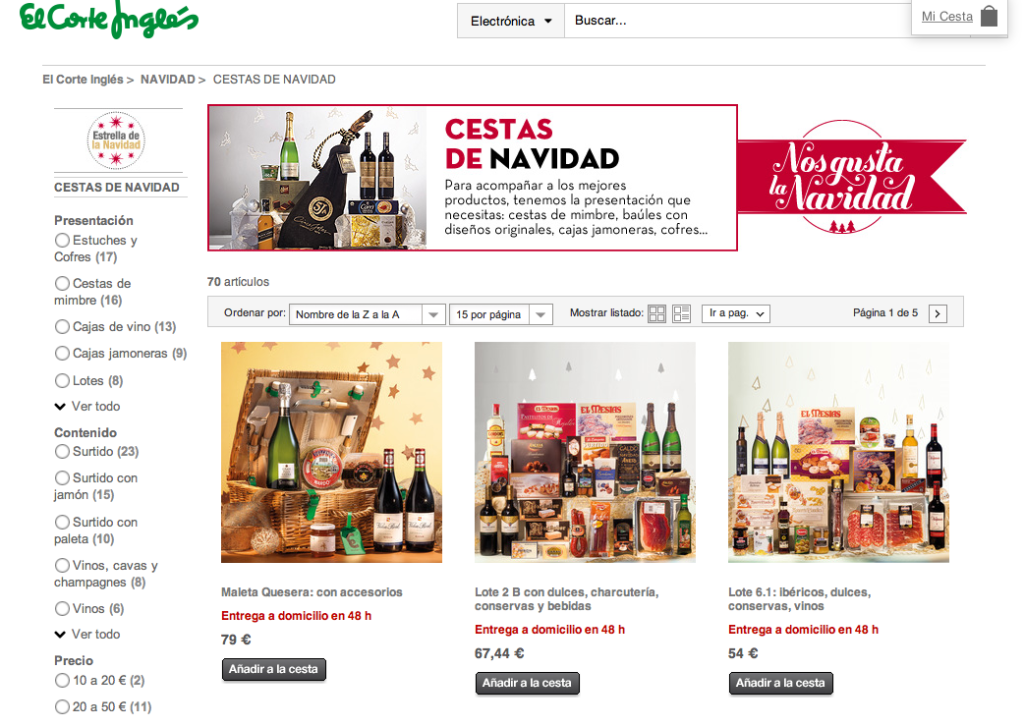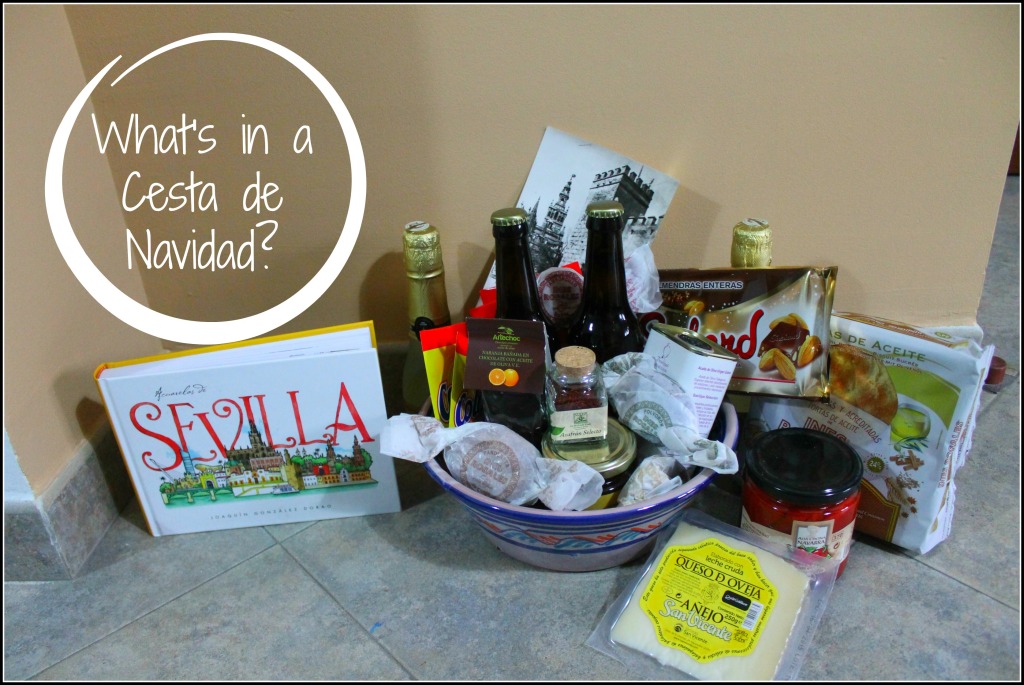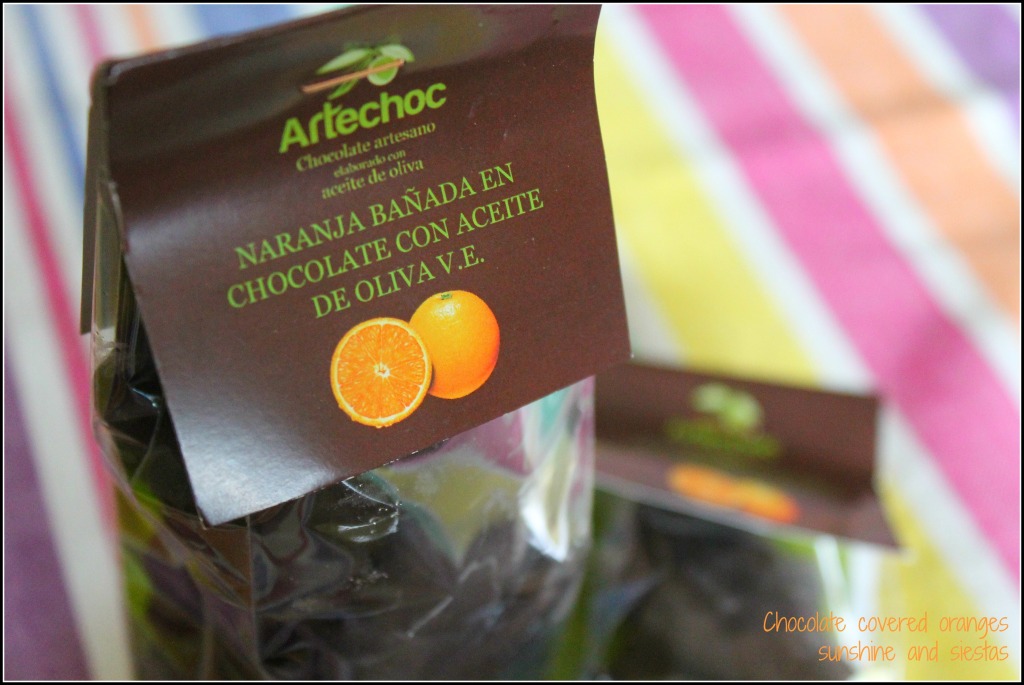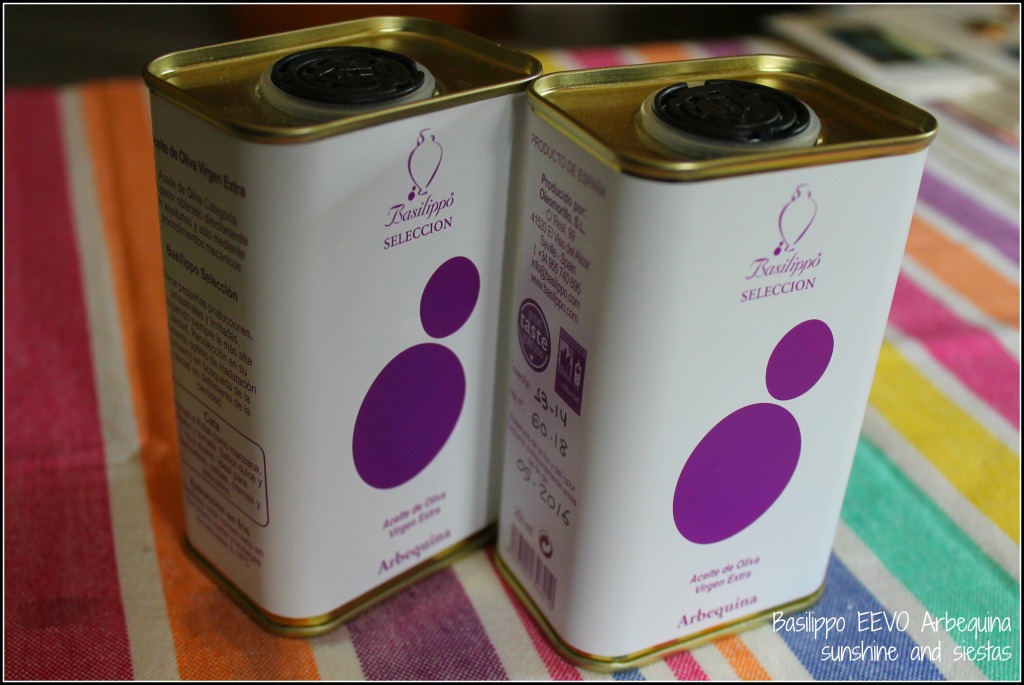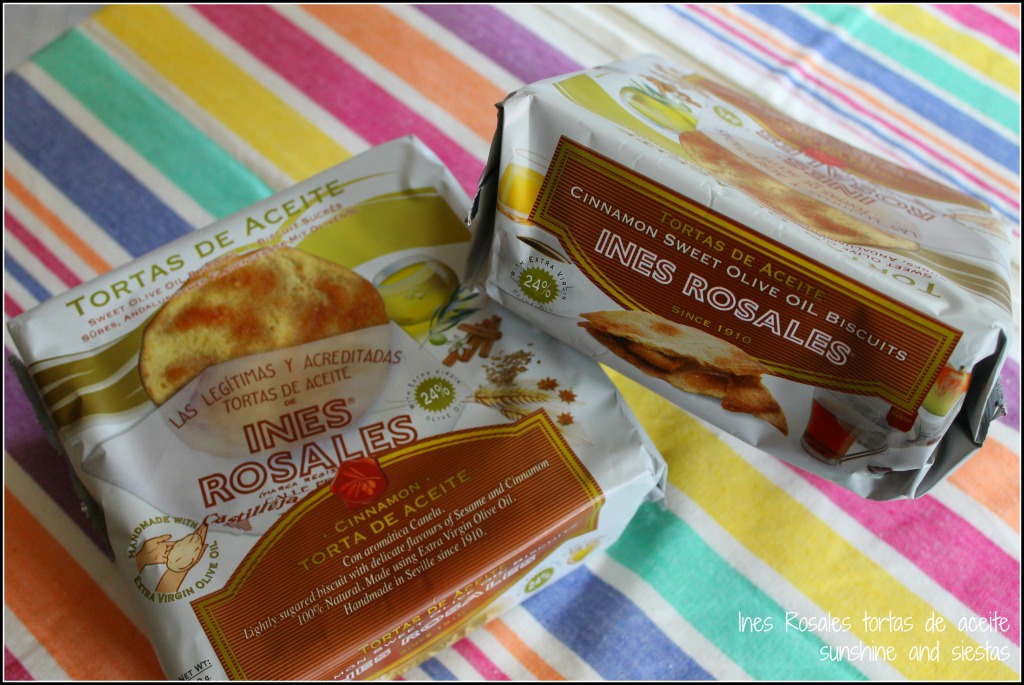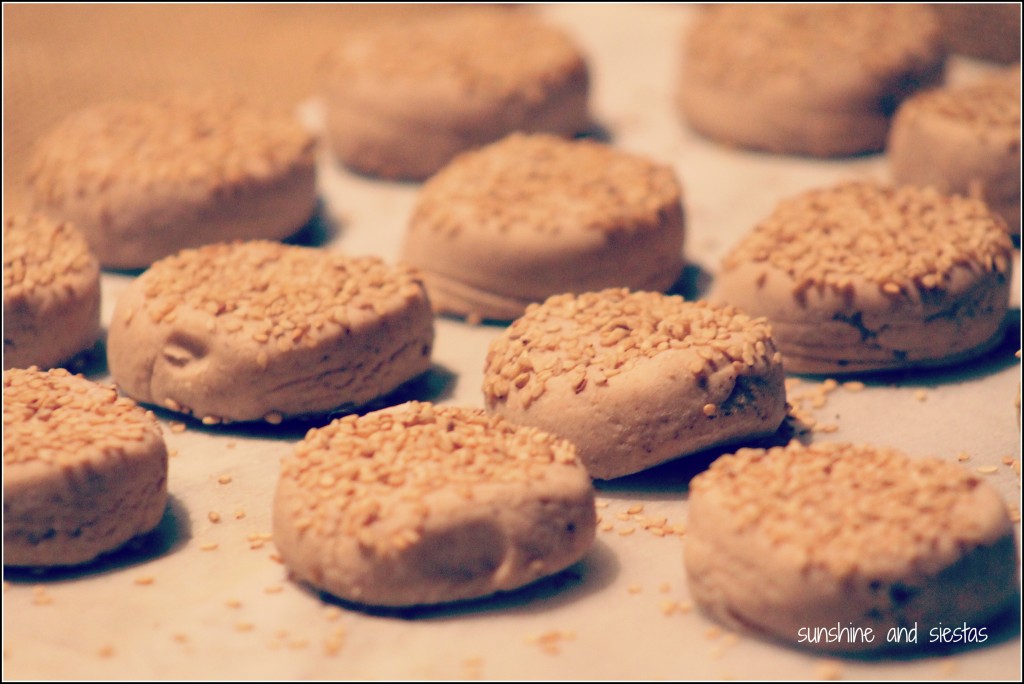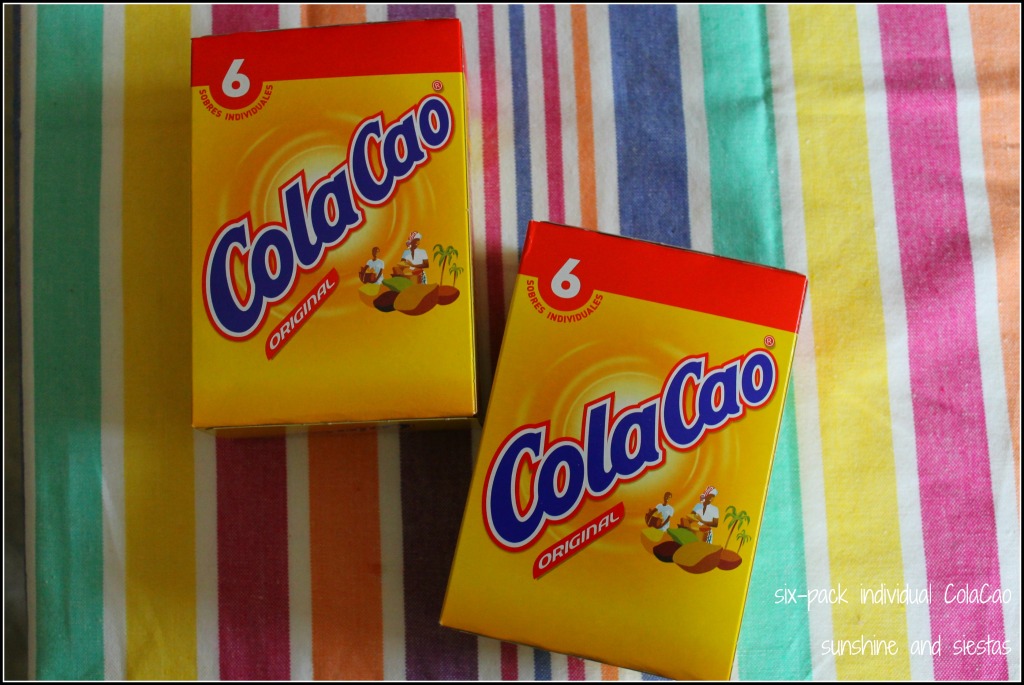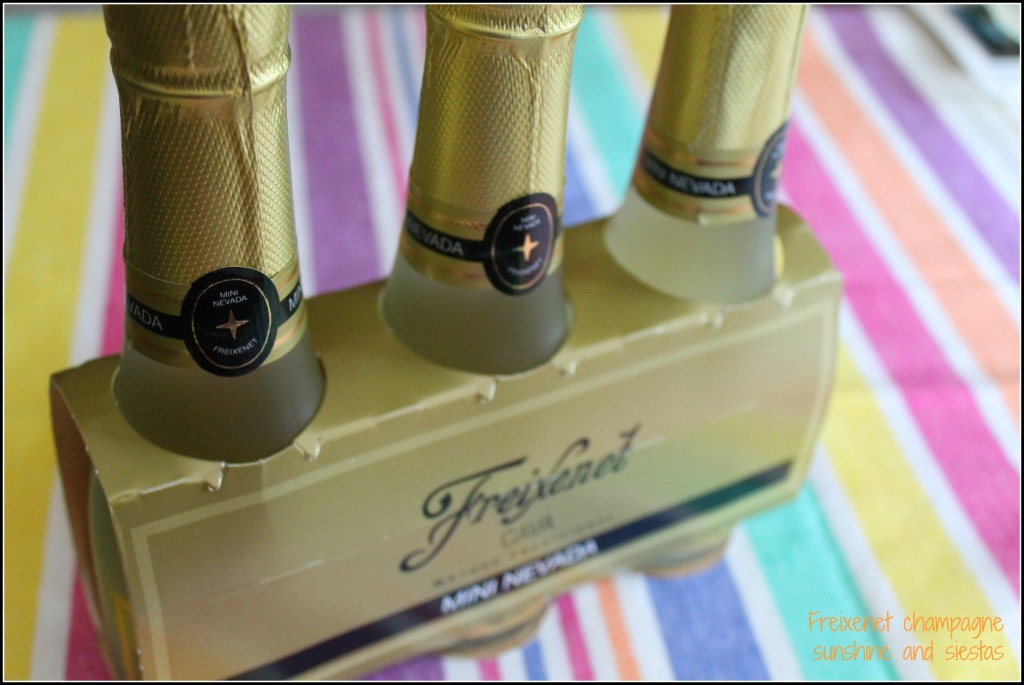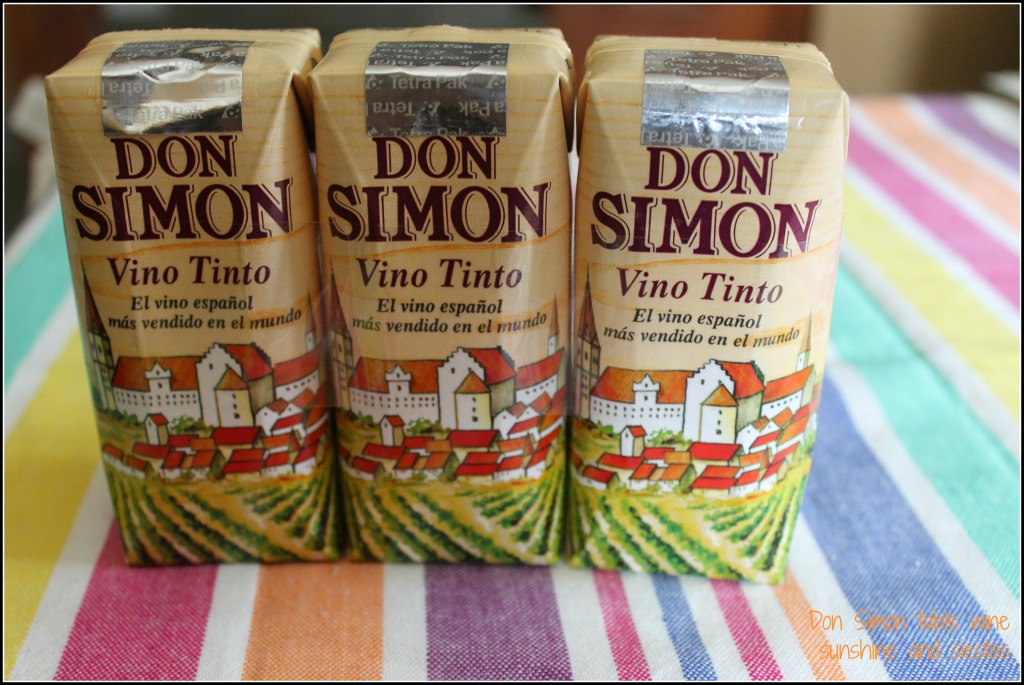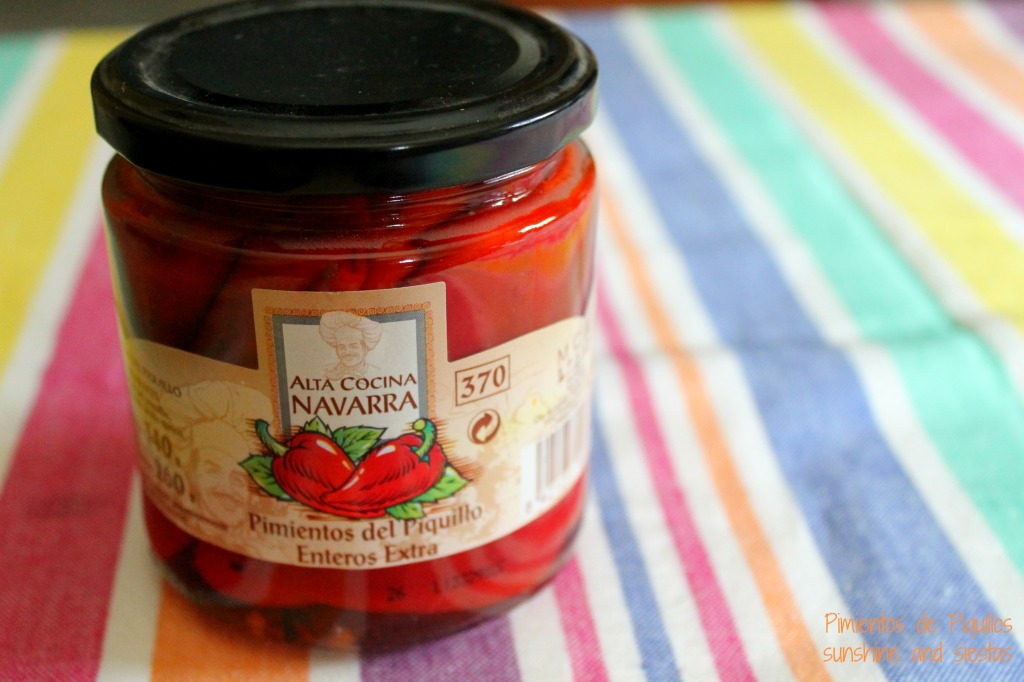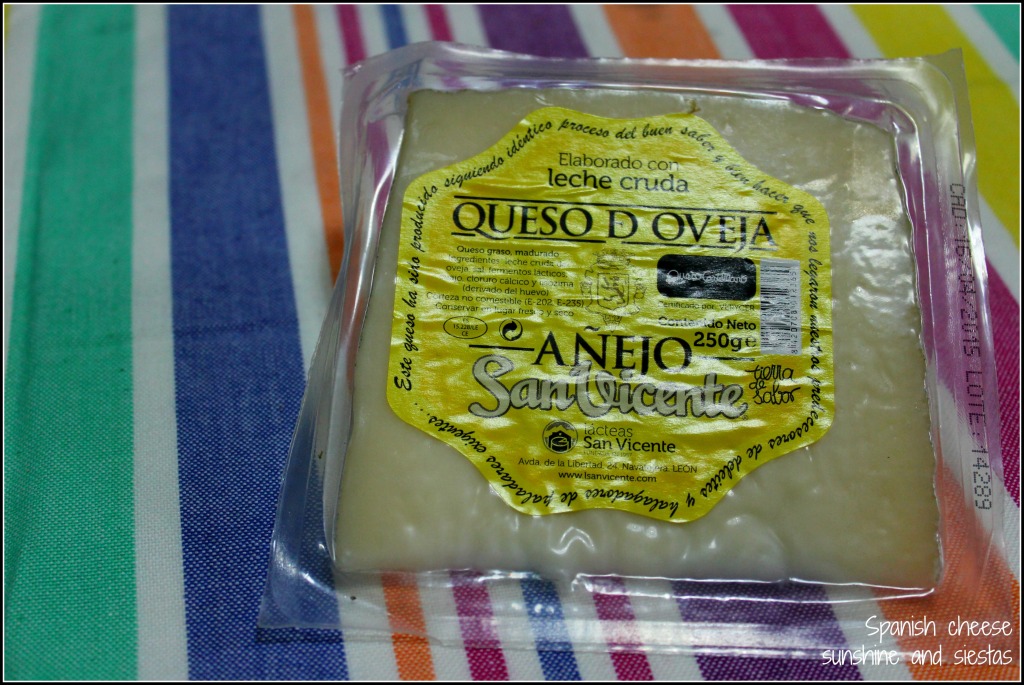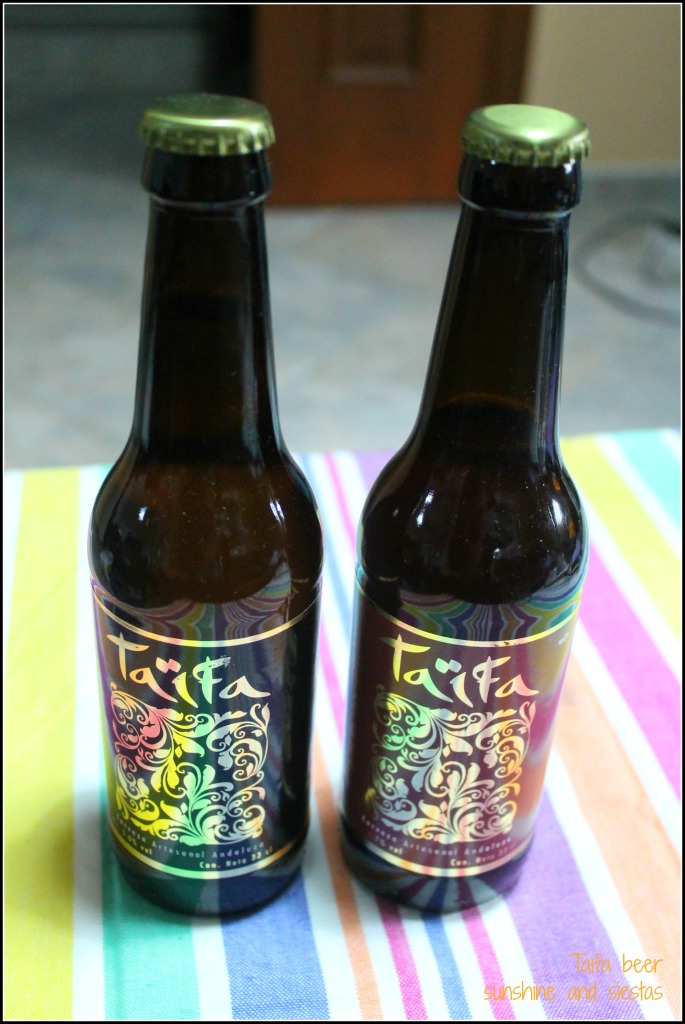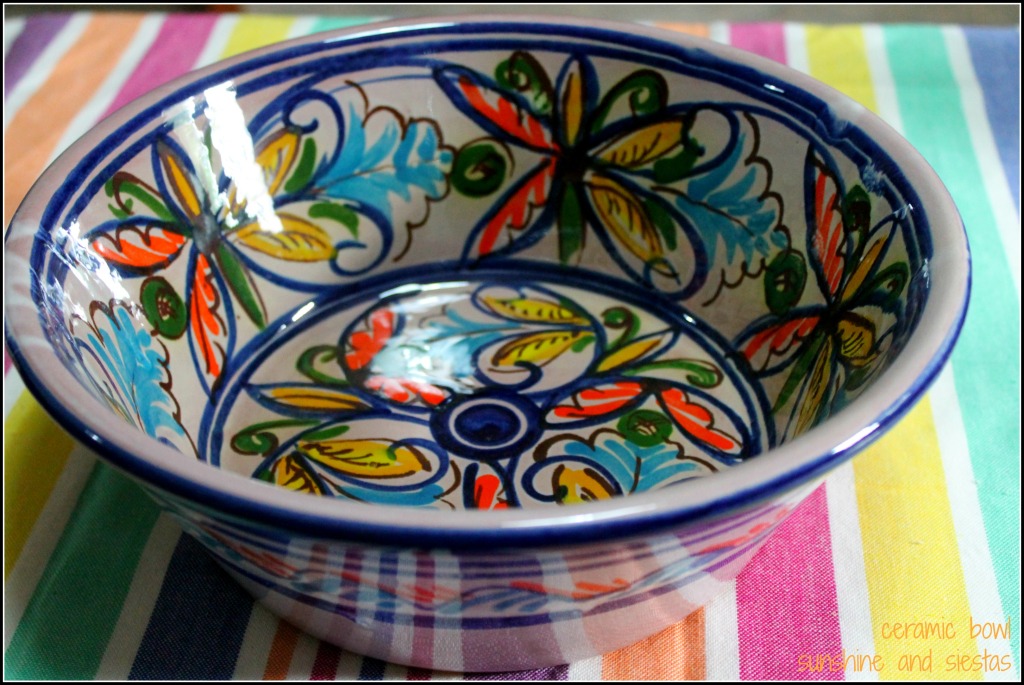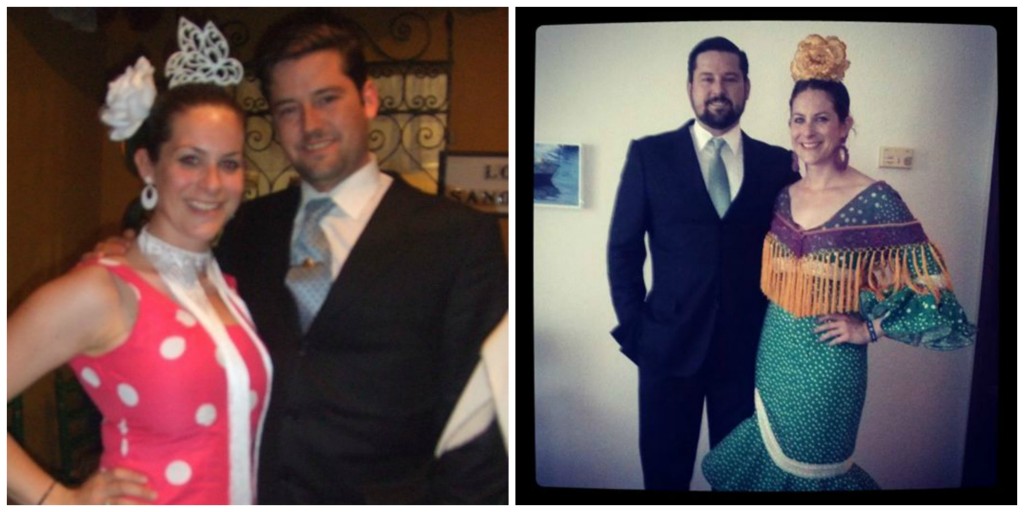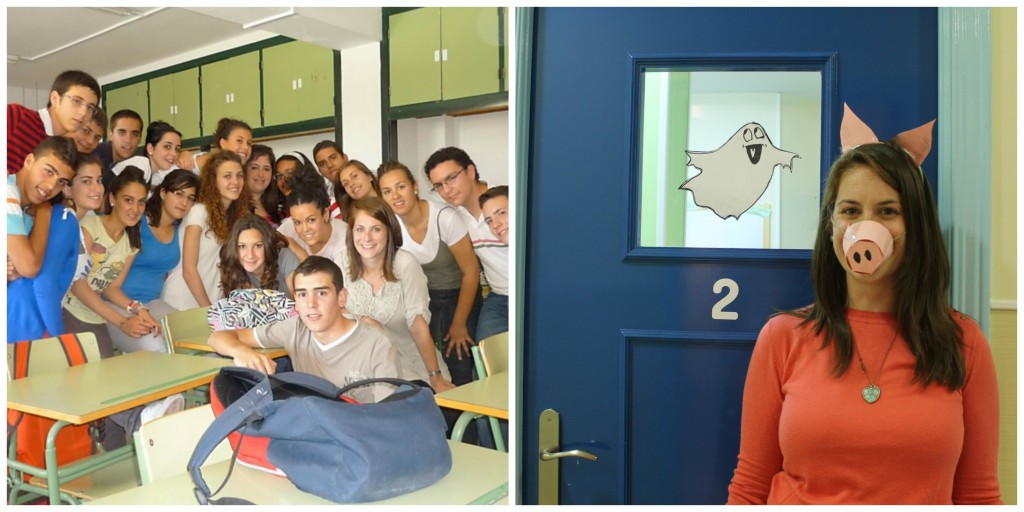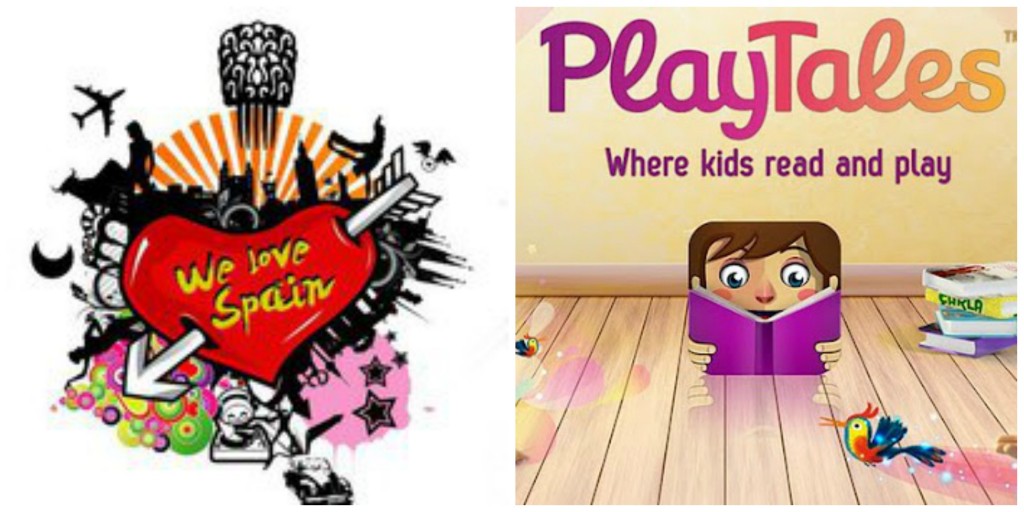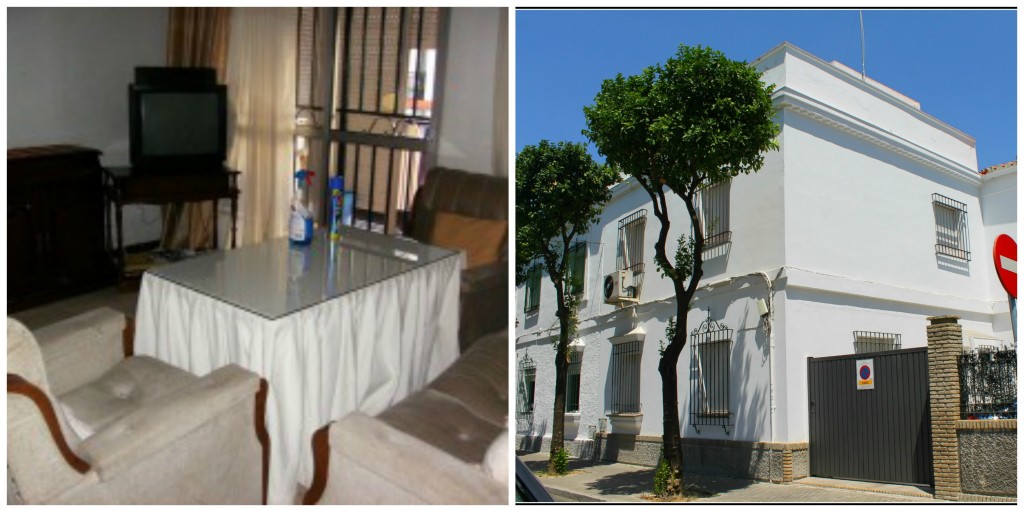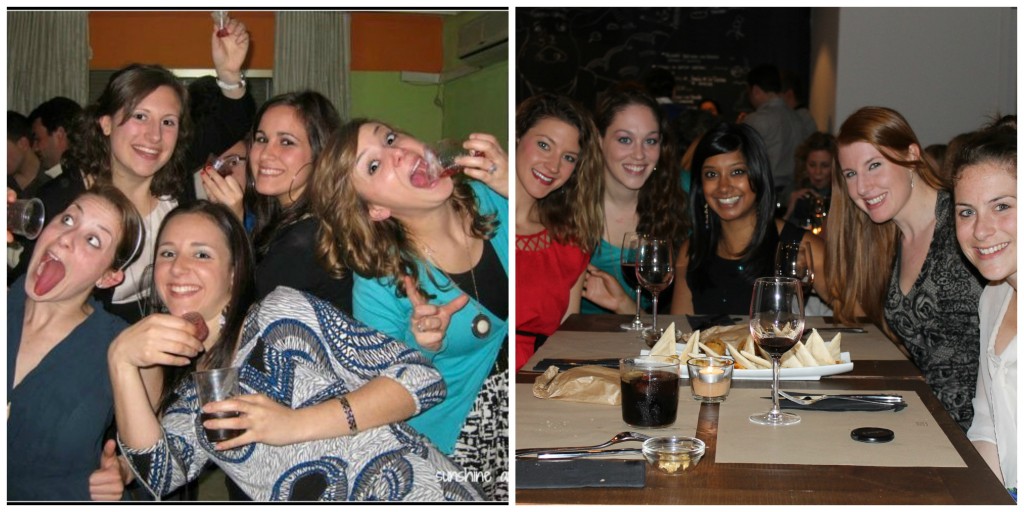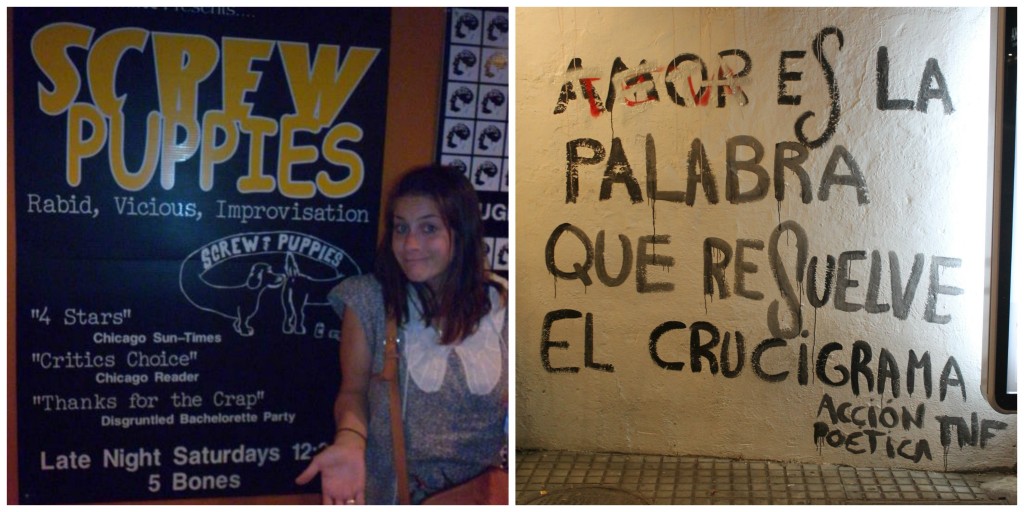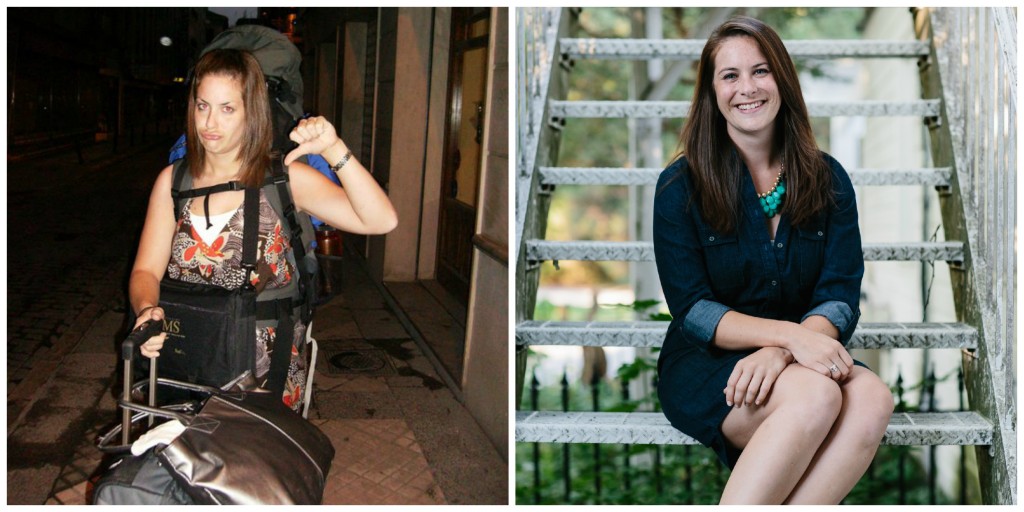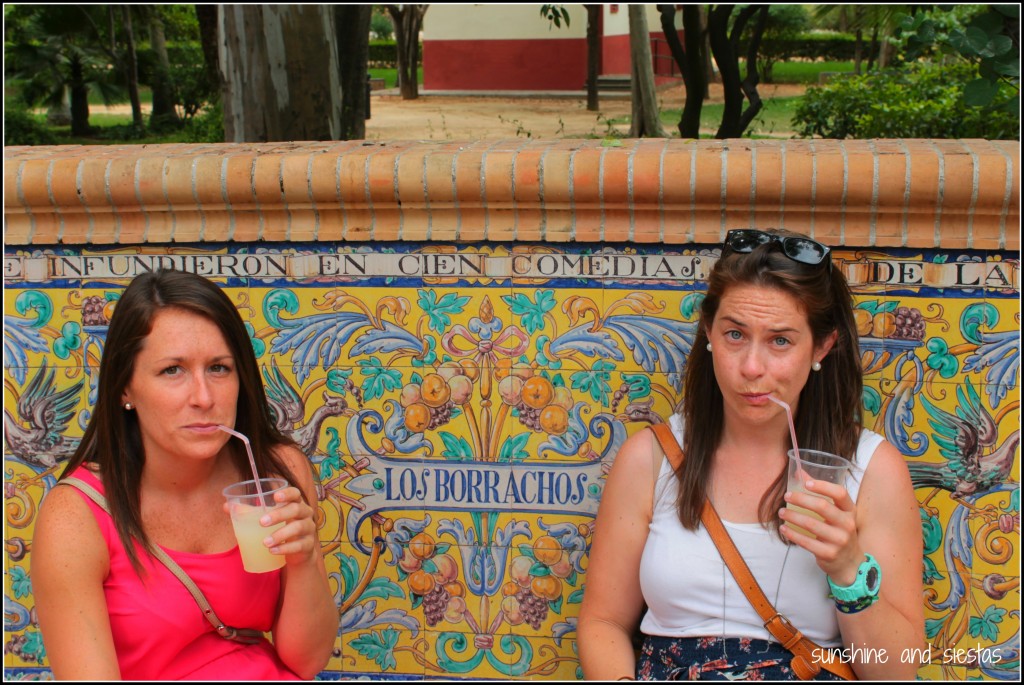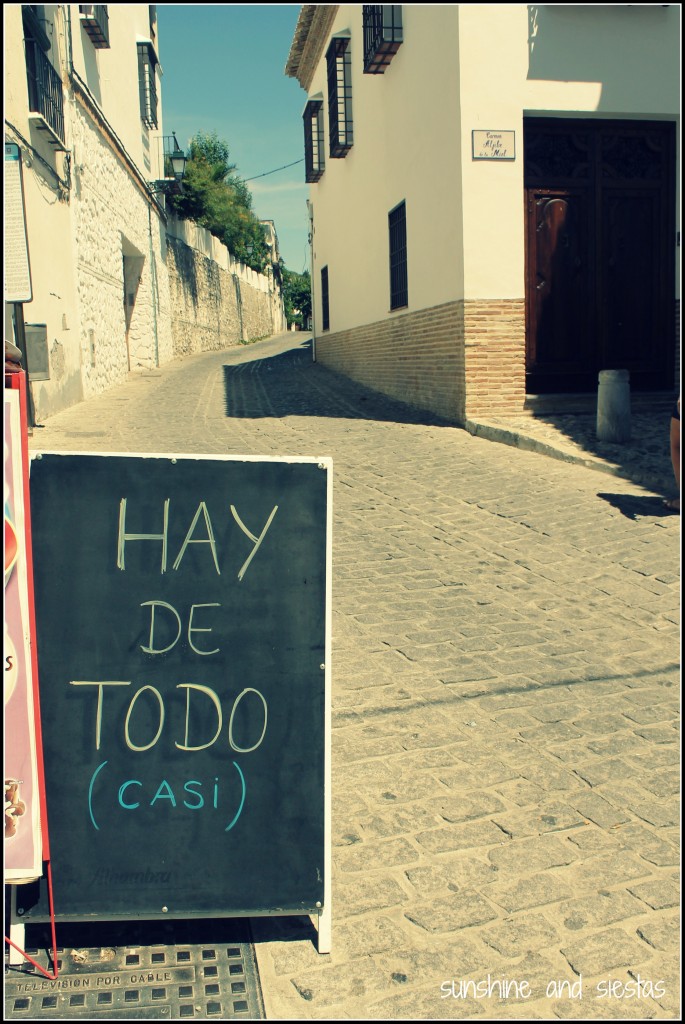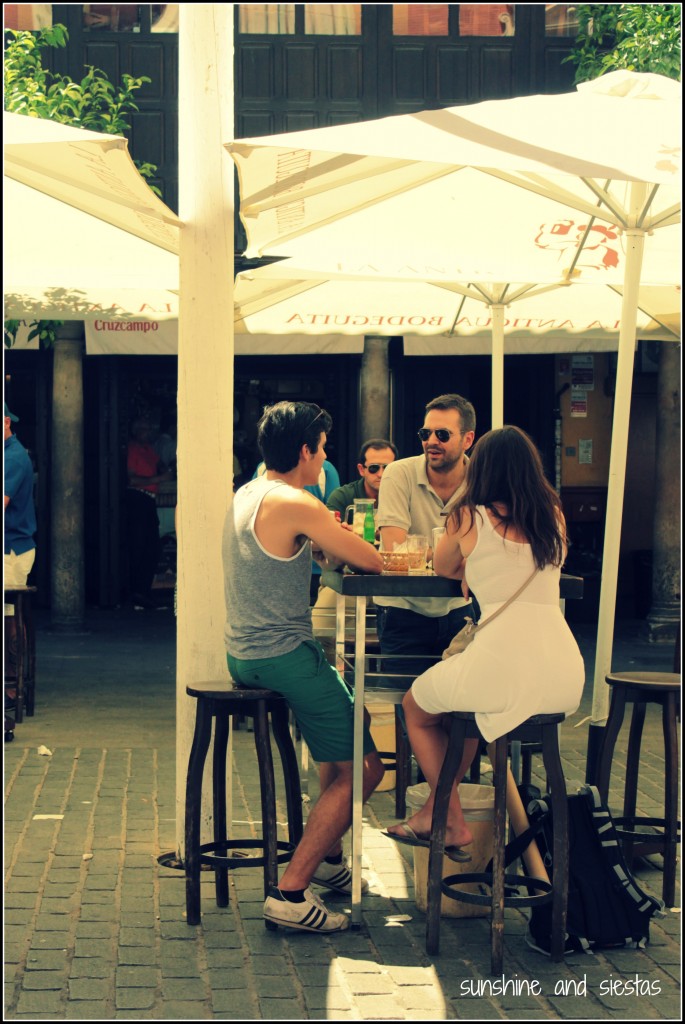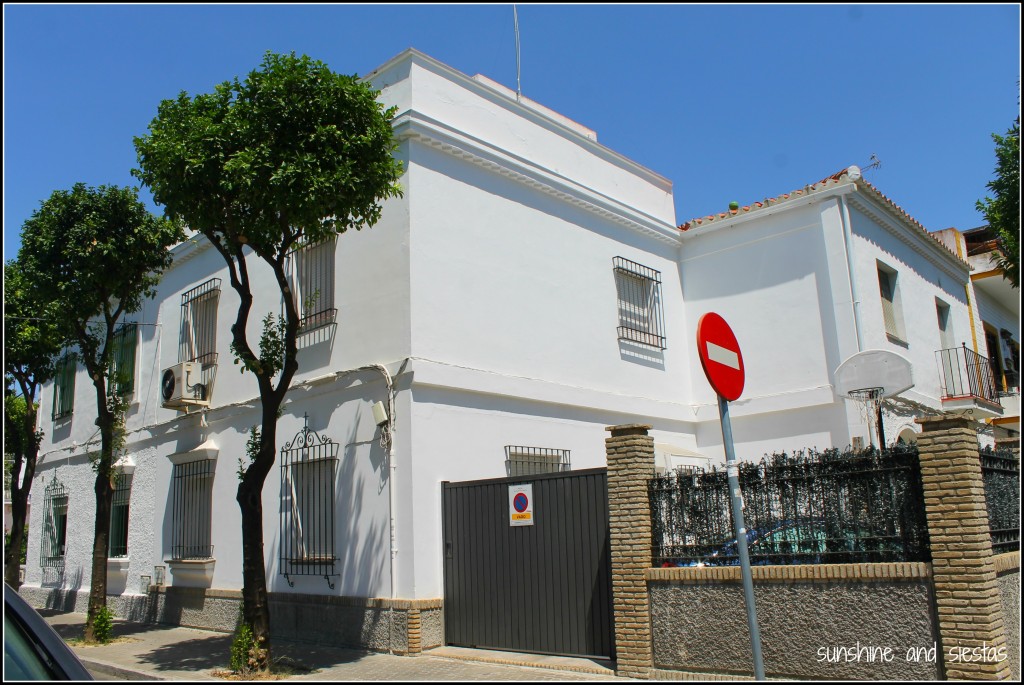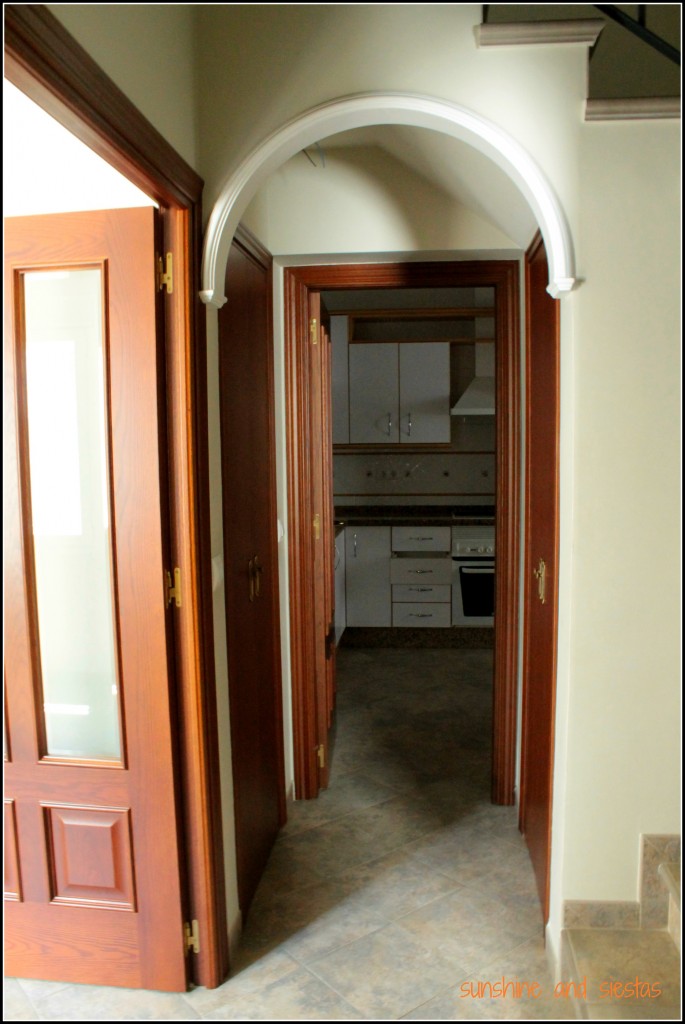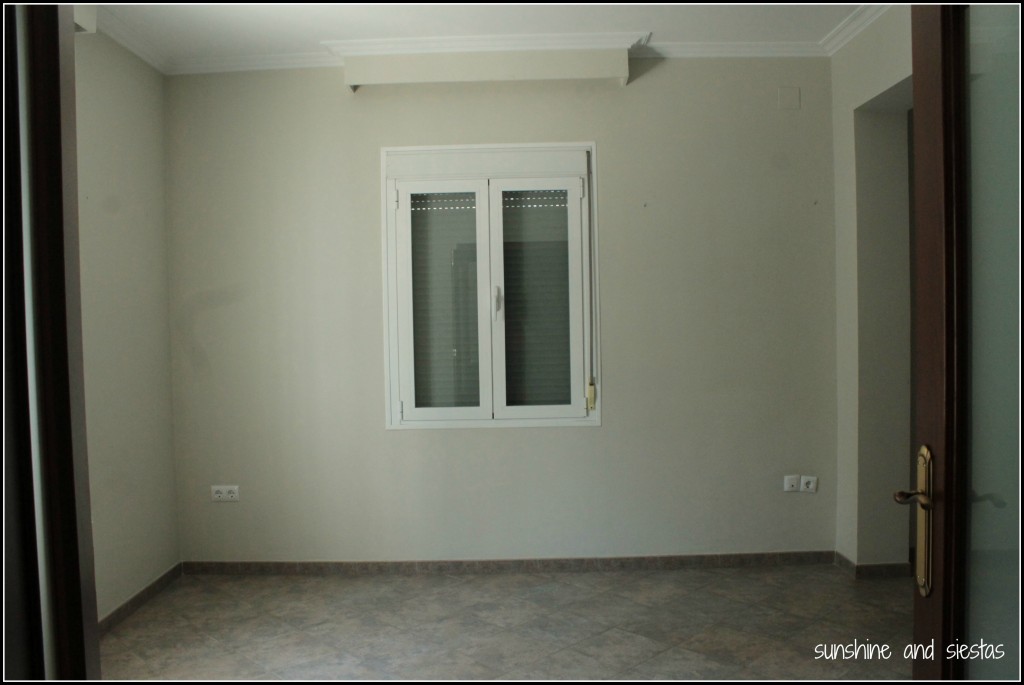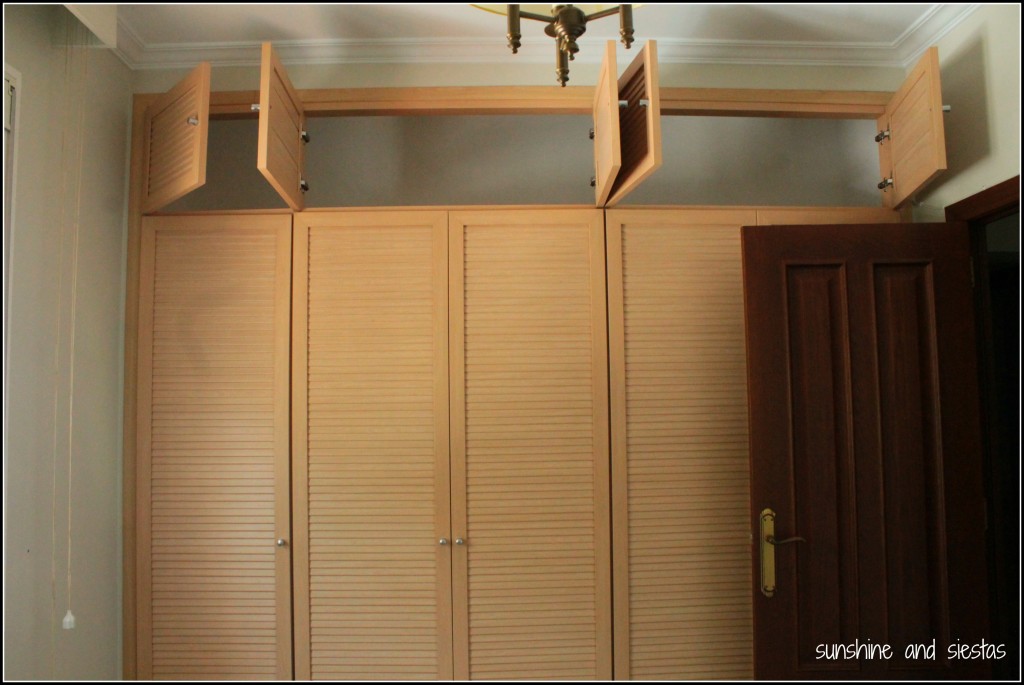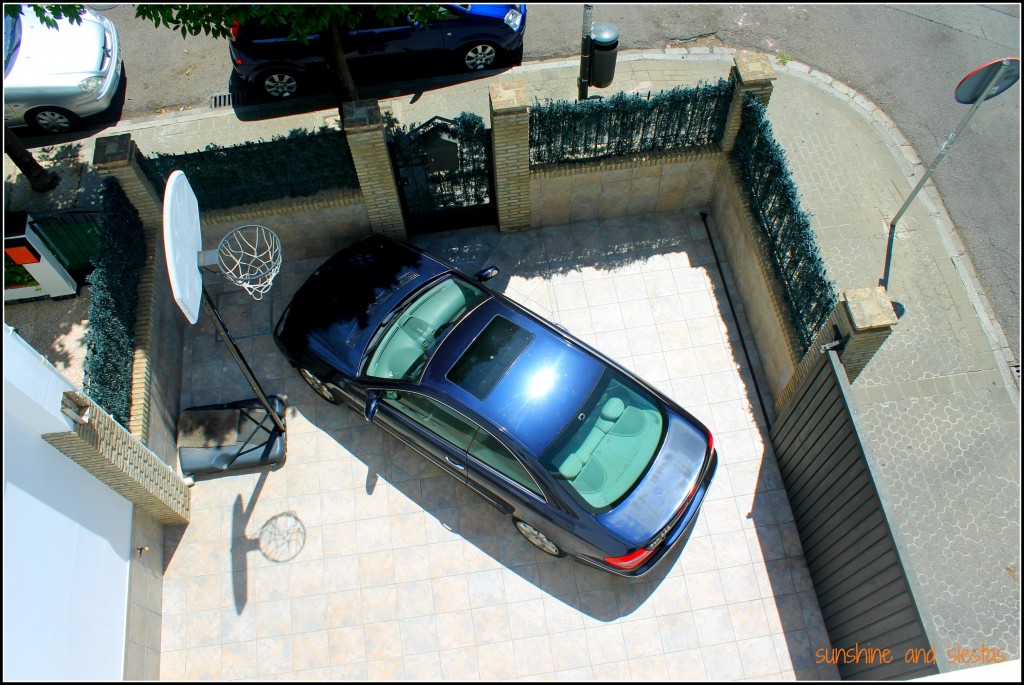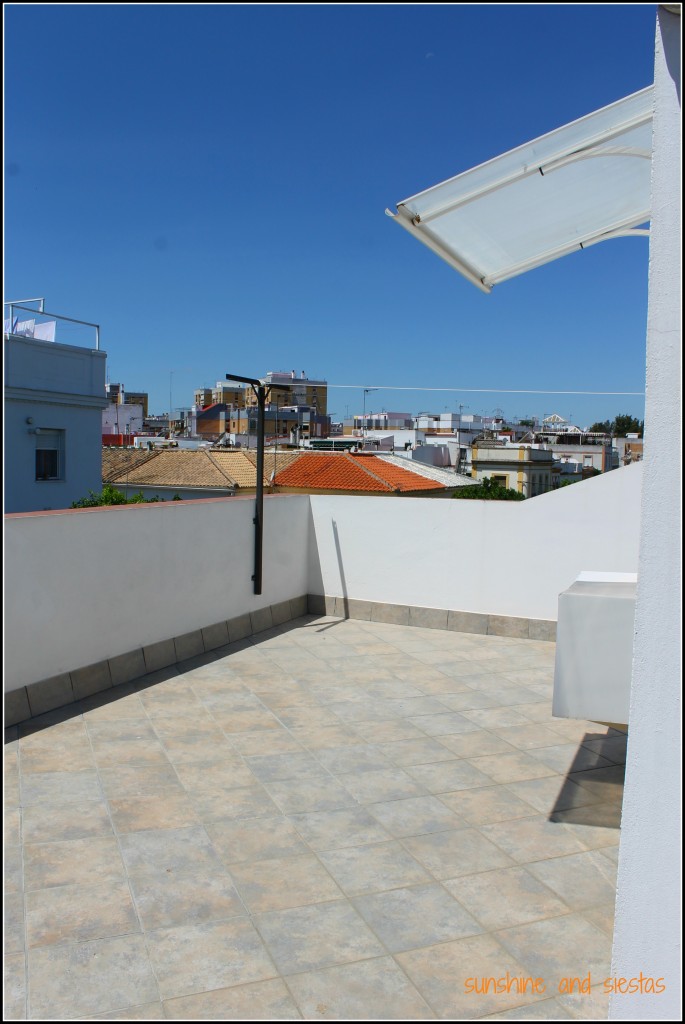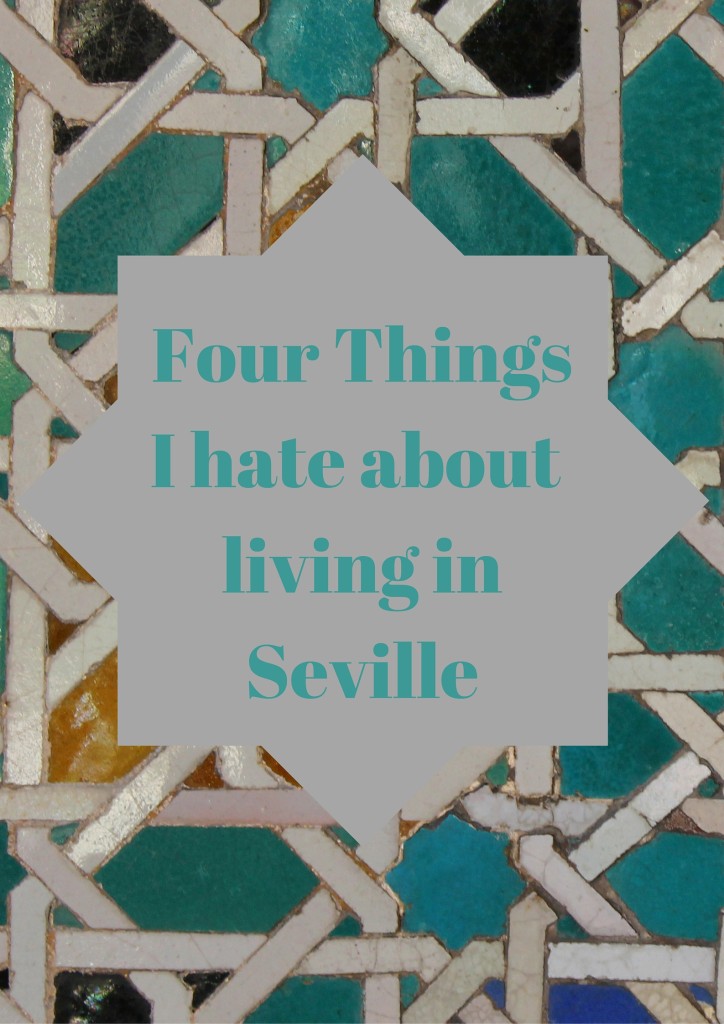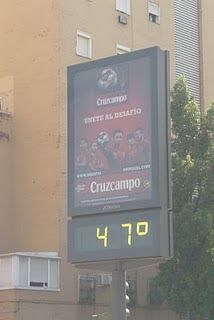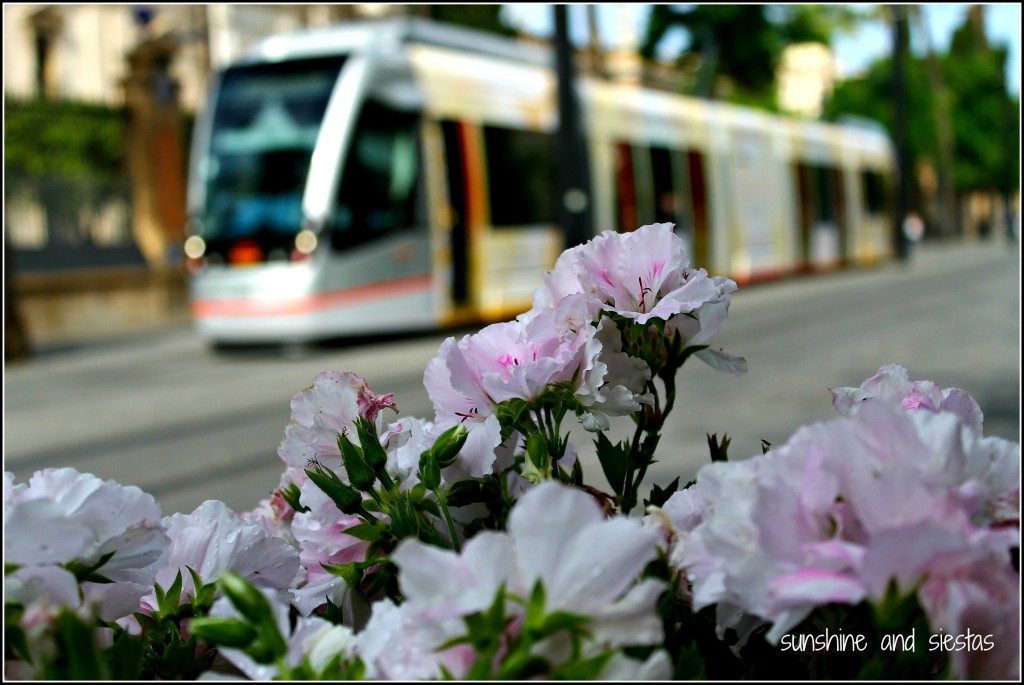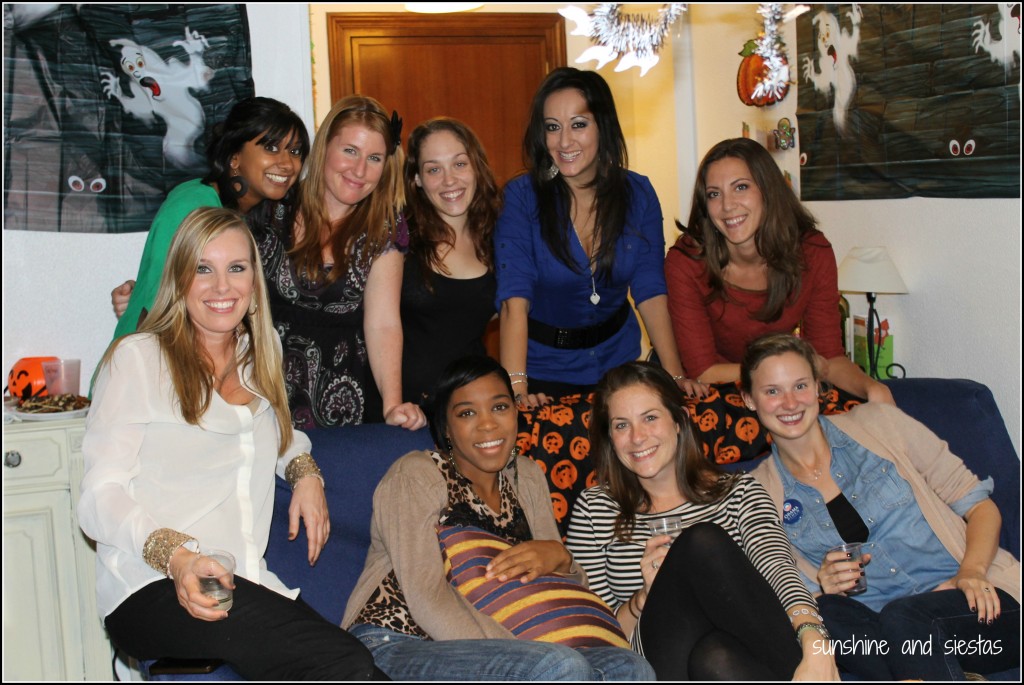I could have easily been in a neighborhood pub back home in Chicago. Armed with two guiri friends and a stomach that hadn’t eaten all day, I ordered a cheeseburger meal, piled on the ketchup and sat down on a couch, directly under drapes of spider webs. It was Halloween, and one my friends mentioned that – gasp! – another American friend of ours had had trick-or-treaters the night before in her pueblo.
De verdad? Since when does the oh-so-racio Seville feel just like America?
Slowly, Americana has been permeating into a city as Spanish as the tortilla. At first, I embraced the introduction of peanut butter onto supermarket shelves (and willingly forked over 7€ for it) and made special trips to Madrid for international cuisine. Eight years on, I’m feeling like I’m in a parallel universe sometimes as craft beer, Netflix and my favorite holiday are becoming mainstream, albeit jabbered on about in Spanish.
I’ve long been the guiri who drags her heels when it comes to embracing my culture while living in another. I famously chastised my friends for shopping at the American food store and have yet to set foot in Costco. I do not regularly catch baseball or American football games in bars, nor could I tell you the best place to watch one. Yes, I cook Thanksgiving for my in-laws with American products and dress up for Halloween, but those moments were always reserved for special parties with my compatriots. What I love about living in Spain really boils down to the fact that I love living in Spain.
Cue the hate comments: I didn’t really sign up for an American life when I moved to Seville. And in all fairness, I’m letting it happen.

The line between life abroad and life as I knew it before 22 is blurrier than ever. I conduct a large part of my day in English, have English-speaking friends and watch TV in English. I just picked up a Spanish book for the first time in three years. I consume news in English via my smartphone and had to recently ask the Novio the name of the new mayor in town.
I knew I needed to make a change when the Novio suggested we get Netflix as a wedding present to ourselves. Wait, you mean I can watch a show on a big screen with no need to let the show buffer for ten minutes? And in my native language? The fun of the TDT system, which allowed shows to be aired in their original language instead of dubbing. Ni de coña – I will binge watch my American television shows on my laptop. Wouldn’t that 8€ a month be better spent on something else?
While Spain is definitely not America when it comes to lines at the bank, reliable service or a way around 902 toll numbers, I find my adult life becoming more on par with that which my friends are living in the US. I got more than a fair dosage of Americanism this year, spending more than four months of fifteen in the US. Going home is a treat – Target, Portillo’s and endless hours of snuggling with our family dog – but it’s lost a lot of its sheen now that Seville has Americanized itself, be it for tourists or for sevillanos.
But at what price? Gone are the decades-old ultramarinos that once peddled canned goods – they’ve made way for trendy bars and clothing chains. While I admit that the Setas – a harsh contrast from the turn-of-the-century buildings that ring Plaza de la Encarnación – have grown on me, they caused a lot of backlash and an entire neighborhood to address itself. Do I really need a fancy coffee bar to do work at, or a gym with the latest in training classes?
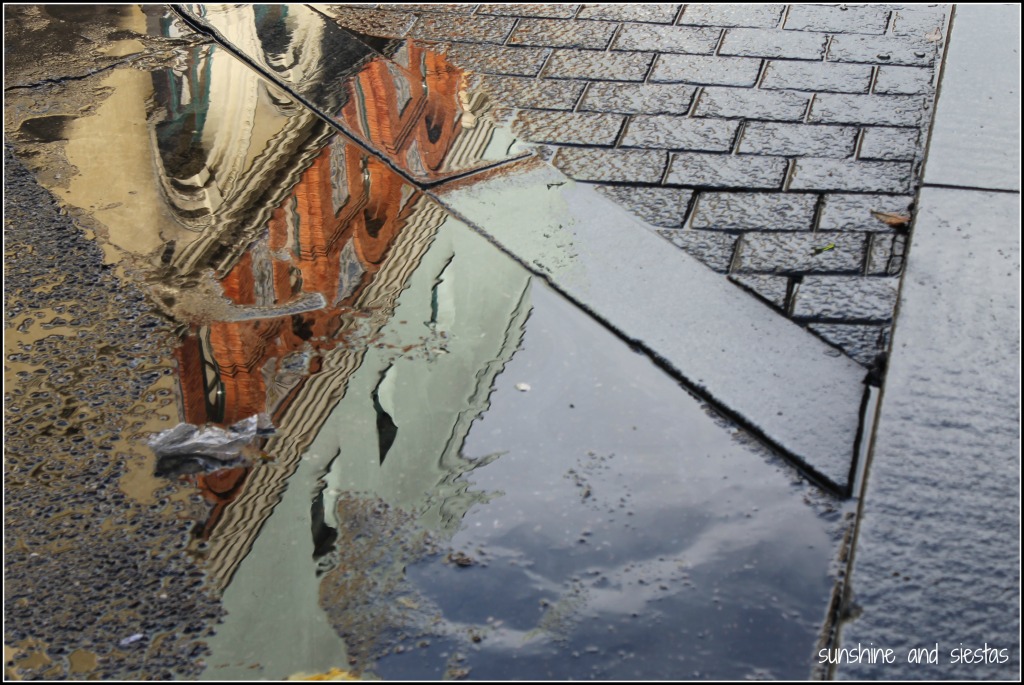
As my world becomes more globalized, I find myself seeking the Spain I fell in love with when I studied abroad in Valladolid and the Seville that existed in 2007. We’re talking pre-Crisis, pre-smartphones and pre-instagram filters, and one where a Frapuccino every now and then helped me combat my homesickness. The Spain that was challenging, new and often frustrating. The Spain in which I relished long siestas, late nights and a voracious desire to learn new slang and new rincones of a new place.
But… how do I get back there? The Sevilla I discovered at age 22 is barely recognizable. Do I love it? Do I deal with it? I mostly stick around Triana, which stills feels as barrio and as authentic as it did when I took up residence on Calle Numancia in 2007.
This sort of rant seems to be a November thing, when rain has me cooped up outside instead of indulging in day drinking and mentally preparing myself to de-feather and de-gut a turkey. Maybe I’m in a slump. Maybe I’m comfortable. Maybe I’m lazy. Or maybe it’s just the fact that Spain doesn’t present the same day-to-day victories as it once did.
One thing I know for certain is that I’m looking forward to jumping back into the Spanish manera de ser once the Novio arrives back home this week. I can’t wait to head to San Nicolás, sans computer, and search for castañas, to sleep without an alarm and to remember why and how Spain became mi cosa.
Do you ever feel like you’re no longer living abroad? Any pointers to get me back on track?


